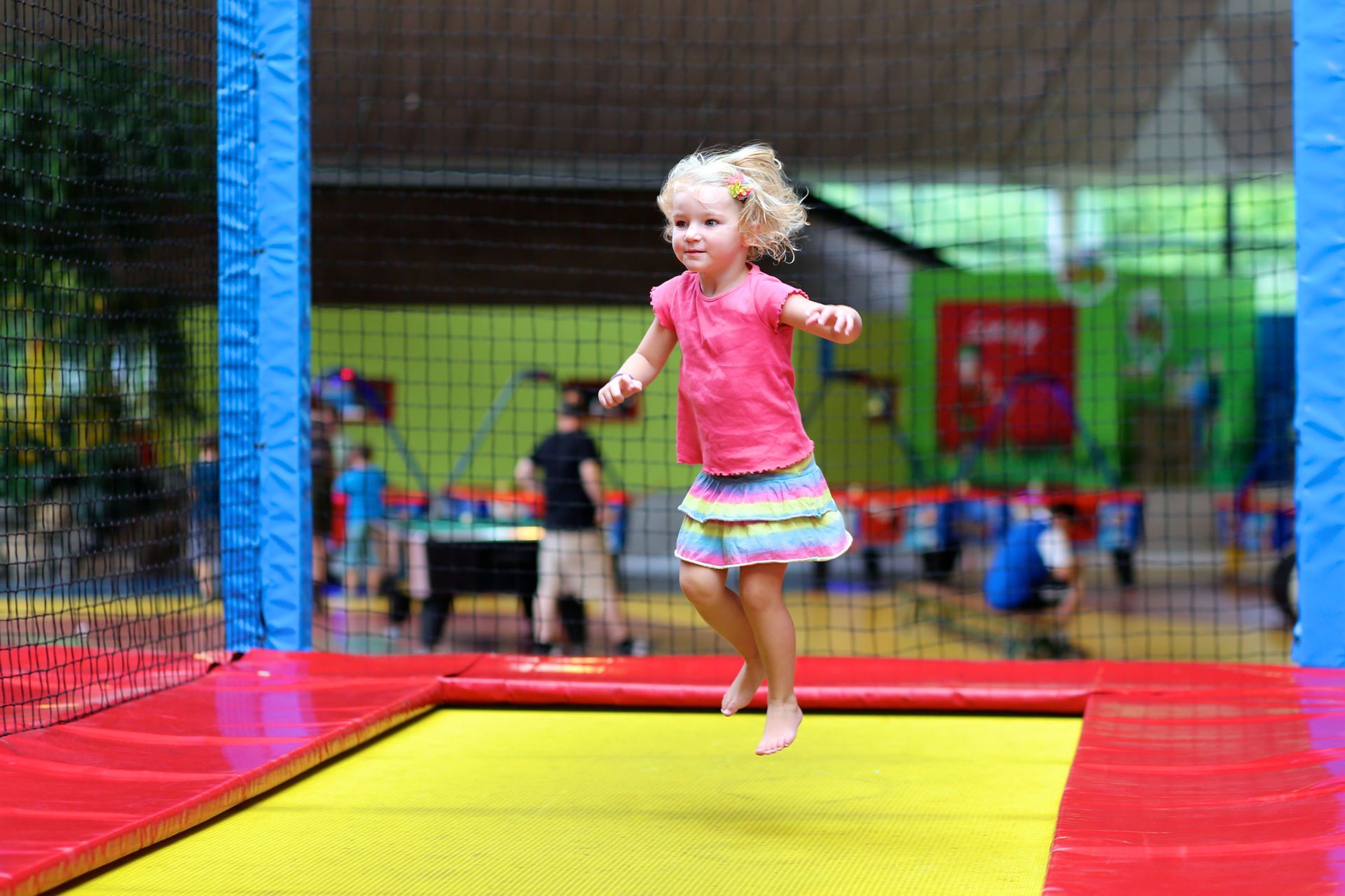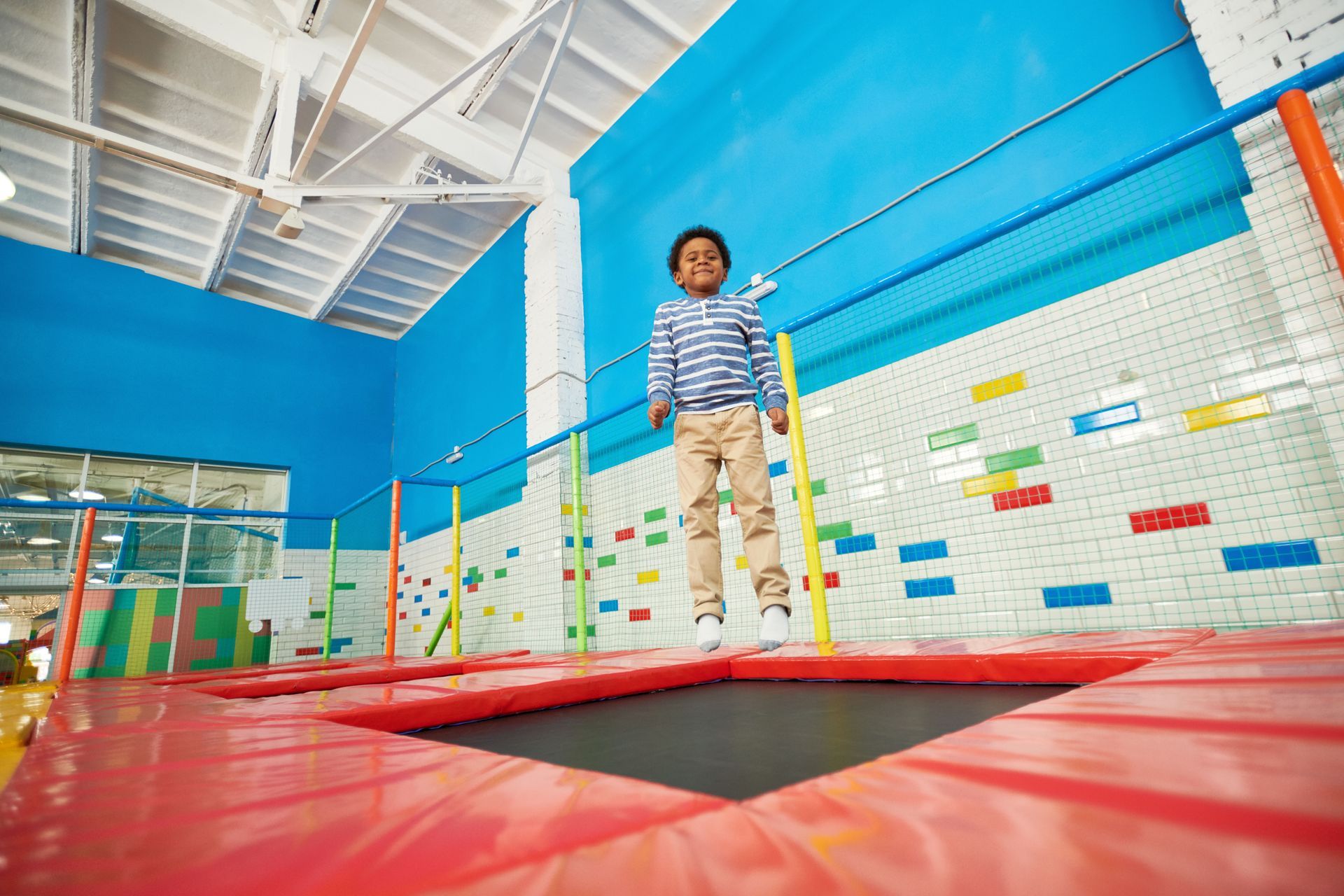September 5, 2025
In today’s digital age, children are spending more time in front of screens than ever before. While technology provides valuable learning opportunities, excessive screen use can negatively affect kids’ physical, mental, and social development. One way to counteract this is by introducing fun, active play opportunities at home or in safe community spaces. An indoor play area offers a creative and engaging solution that keeps children moving and smiling. Let’s explore why active play matters, the benefits of indoor playgrounds, and how families can incorporate more movement into daily life.
Understand the Impact of Screen Time on Children
Screen time refers to the hours children spend on televisions, tablets, smartphones, or computers. For many kids, these devices have become a regular part of daily life, often replacing opportunities for outdoor play, social interaction, and healthy exercise.
Excessive screen use can contribute to issues such as obesity, poor posture, eye strain, and reduced social development. Mentally, kids who spend too much time on devices may struggle with attention, anxiety, or mood changes. According to HealthyChildren.org, roughly 30% of kindergarten students in the United States don’t even have recess — illustrating how opportunities for movement are becoming increasingly limited. That’s why finding alternatives like an indoor playground is more important than ever.
Recognize the Benefits of Physical Activity for Kids
Movement is critical for children’s growth, development, and overall well-being. Physical activity strengthens muscles, builds coordination, and supports cardiovascular health. Kids who run, jump, and climb regularly are also less likely to develop weight-related health concerns.
The mental and emotional benefits are just as important. Active play boosts mood by releasing endorphins, helps reduce stress, and improves self-confidence as children accomplish new challenges. In addition, indoor playground experiences promote teamwork and communication, giving kids the chance to practice sharing, problem-solving, and collaboration.
There’s also a long-term benefit: children who grow up valuing movement are more likely to carry those habits into adulthood. Early exposure to active play creates a strong foundation for healthy living that stretches far beyond childhood. Parents who encourage play now are setting their children up for healthier lifestyles later in life.
Finally, play supports cognitive development. When children combine physical activity with imagination — like turning a climbing wall into a “mountain” or pretending a foam tunnel is a “rocket ship” — they’re building creativity and critical thinking skills. An indoor playground makes this blend of movement and learning possible year-round.
Design an Indoor Playpark That Encourages Movement
Creating the right environment for play ensures children stay safe while having fun. Parents can start by selecting age-appropriate equipment. Younger kids may enjoy soft foam blocks or tunnels, while older children may be ready for climbing structures or obstacle elements.
Space is another important factor. Even small areas such as corners of the living room or a basement can be transformed into playful spaces. Safety should always come first, with cushioned flooring, sturdy equipment, and regular checks for hazards. An indoor playground should also be inclusive, making sure kids of different ages and abilities can enjoy it together.
Finally, variety matters. Toys and play elements that can be used in multiple ways — like building blocks, tunnels, or themed playsets — keep kids engaged. Rotating toys or changing the layout helps refresh the environment and inspires ongoing creativity.
Encourage Creativity With Imaginative Play Zones
Children thrive when their imagination is allowed to run free. Indoor playgrounds are the perfect place to encourage storytelling, role-playing, and themed adventures. Families can set up small sections dedicated to specific themes, like a jungle corner with toy animals or a pretend space station complete with cardboard controls. These zones give kids a chance to act out stories and work together, all while staying active.
Adding sensory elements, such as textured mats, lights, or music, can also enrich the experience. This type of play engages all the senses, helps refine motor skills, and supports children who may need calming, structured activities alongside energetic play.
Add Fun With Playtime Games and Activities
The games children play inside an indoor recreational area are just as important as the equipment itself. Simple group games like tag, obstacle races, or relay challenges provide exercise while fostering cooperation. Activities like dance parties or yoga sessions blend physical and mindful movement, teaching kids how to connect body and mind.
Role-playing games and storytelling add another layer of enrichment. Pretend play not only sparks creativity but also strengthens communication skills and empathy. Meanwhile, incorporating arts and crafts with physical activity — like painting large murals on the floor or sculpting while standing — keeps children engaged on multiple levels.
Even technology can play a positive role. Interactive fitness games, dance apps, or activity trackers encourage kids to use screens as tools for movement instead of passive entertainment. When used thoughtfully, tech can complement the active fun of an indoor playground.
Maintain Consistent Movement at Home
Keeping kids active requires consistency. Establishing a daily routine that includes set playtimes can help balance screen use and movement. When children know they’ll have regular opportunities for fun, they’re more likely to embrace activity as a habit.
Physical movement can also be woven into daily routines. Household chores like tidying, cleaning, or gardening can become active challenges. Parents can make these tasks playful by turning them into races or timed activities.
Reward systems are another motivator. Kids can earn points, tokens, or extra playtime for completing active goals. Over time, these habits build a positive association with physical activity.
Family involvement makes the biggest difference. When parents join in on games or challenges, children see movement as fun for everyone — not just something “they have to do.” By modeling active habits, families create a shared culture of health.
Discover the Benefits of Community Play Spaces
While home setups are wonderful, many families find extra value in visiting local community play centers. At Jump Time, we provide an exciting indoor playground that includes recreation opportunities for children of all ages. Our open jump area, arcade games, and party events give kids a chance to explore, play, and connect in safe and creative ways.
Community play spaces also bring children together from different backgrounds, offering unique opportunities for friendship and social growth. Kids who interact in shared environments learn how to respect differences, cooperate in group play, and develop confidence in larger social settings. Parents benefit too, often forming connections with other families while their children play.
Indoor playgrounds like ours make it easy for families to enjoy year-round activity, regardless of the weather. They also offer the social benefit of kids meeting new friends, practicing teamwork, and building confidence outside the home. Parents appreciate the peace of mind that comes with knowing their children are staying active while having fun.
Balancing screen time with movement is one of the most valuable steps parents can take for their children’s growth and happiness. By offering engaging spaces for play, whether at home or in the community, kids can stay active, build social connections, and nurture creativity. Indoor play areas provide a safe and exciting way to make this possible every day.
If you’re ready to give your kids a space filled with energy, joy, and discovery, we invite you to experience Jump Time. Visit us today to see how our indoor playground, open jump area, arcade games, and events can bring movement and smiles back into playtime.





